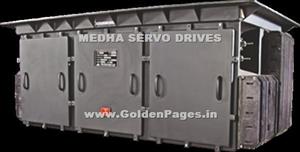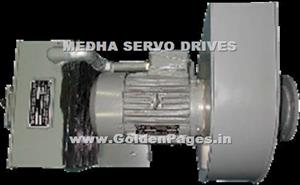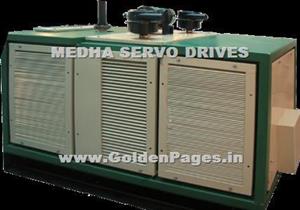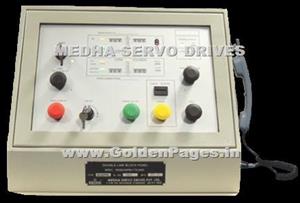
Vehicle Control Systems
A typical vehicle control system comprises microprocessor based vehicle control unit, associated sensors, distribution boxes, contactors, and display unit with keypad. Based on the application, the hardware and configuration of the system varies.
Medha’s vehicle control systems are high performance microprocessor based modular systems that provide complete traction and propulsion control of the vehicle with continuous monitoring and extensive fault diagnostics. Major functions include Engine control, Excitation control, Propulsion control, Wheel slip control, Auxiliary controls, Protections, Fault Diagnostics, Data recording and Parameter display.



















 26310.jpg)
